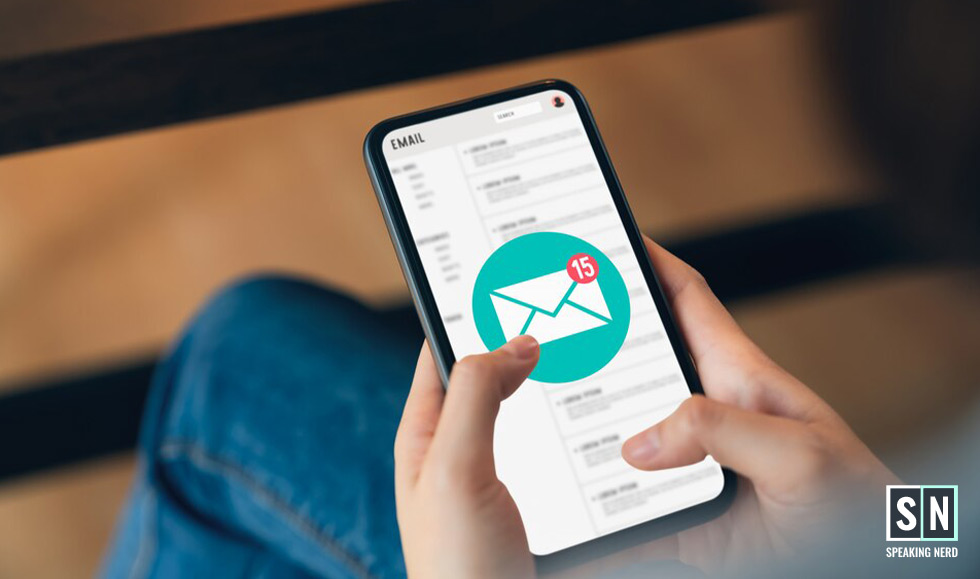Overview
Email marketing is one of the essential tools in a business owner's arsenal. It allows you to reach out to your customers and clients directly and build relationships with them that can last a lifetime.
Table of Content
However, email marketing is also one of the most challenging tools to master. With many options and strategies available, determining where to begin or what will work best for your business can take time and effort.
This article will cover everything business owners need about email marketing, from building an email list to more advanced concepts like segmentation and analysis. By the end, you'll have a solid foundation to grow your successful email marketing campaigns.
- The first step in any good email marketing strategy is building a quality email list. It means getting people's contact information to send them updates about your products or services regularly.
- There are many ways to do this: you can purchase lists of leads from third-party providers, use an email finder tool, rent space on someone else's website where people can enter their contact information in exchange for something free (like an eBook), or add sign-up forms directly onto your website or blog.
How Email Finder Tools Help with Email Marketing
Email finder tools can be a valuable resource for email marketing. They help you quickly find email addresses associated with a particular domain or website. They can be extremely helpful when building a list of potential customers or clients.
Various tools can help you find an email address, and each has its pros and cons. Some are better at finding specific types of email addresses than others. And some may be more accurate than others. Experimenting with different ones is vital to see which fits your needs best.
In general, though, these tools work by searching through the source code of websites and looking for patterns that match known email address formats. They're not 100% accurate, but they're usually good at finding most common email addresses.
Once you have a list of potential email addresses, you can start building your email marketing campaign around them. But before you do anything else, consider what kinds of messages would be most valuable for your audience. What problems are they trying to solve? What are their needs that your product or service can meet? Answering these questions will give you direction as you begin crafting content for your emails.
Maximizing Your Email Marketing
You can use the following advice to improve your email marketing campaigns:
1. Keep your subject lines short and sweet
The average person gets over 100 emails daily, so you need to make sure yours stands out. Keep your subject line under 50 characters—any longer, and it will get cut off in most inboxes. Include actionable language that piques interest but doesn't give too much away, like "See what we've been up to" or "Time-sensitive offer inside!"
2. Write for mobile first

More than half of all emails are now opened on mobile devices, so your message must render well on these smaller screens. Use short sentences and paragraphs, include large call-to-action buttons, and test how everything looks before you hit send!
3. Personalize whenever possible
Generic greeting? No thanks. Addressing your recipients by name is personal and shows that you have databases full of valuable information about them (and helps avoid those pesky spam filters). If you still need to get first names for everyone on your list, consider adding them gradually as you gather more data points about each subscriber through their interactions with your brand.
4. Make your CTA stand out
Your call-to-action (CTA) is the most crucial part of your email, so make sure it's impossible to miss! Use a large, bold font and contrasting colors to make it pop, and place it "above the fold" so recipients don't have to scroll down to see it. And whatever you do, resist the urge to use multiple CTAs in a single message—one per email is plenty.
5. Don't forget about post-click landing pages
Once someone clicks on your CTA, they should be taken to a specific landing page customized for that campaign and further its goals. If you send people to your home page or another generic page instead, you run the risk of losing their attention or confusing them with too much information all at once.
6. Segment whenever possible
By segmenting your list into smaller groups based on age, location, gender, interests, etc., you can make more targeted campaigns that are more likely to reach each person. Segmenting will lead to higher open and click-through rates (CTRs) and fewer unsubscribes and complaints from people who feel like they're constantly getting irrelevant emails from you.
7. Keep an eye on your metrics
Email marketing platforms offer valuable insights into how many people are opening, clicking through, or unsubscribing from each of your messages. Check in regularly (at least once per month) to see how things are going and adjust accordingly. Are certain types of content performing better than others? Is there a particular time or day of the week when people are most engaged? Answering these questions can help you fine-tune future campaigns for even better results.
Email Marketing Analysis

Email marketing is a powerful tool for driving sales and engagement. But it can be challenging to know your campaigns' effectiveness without analyzing their performance. By tracking key metrics and understanding what they mean, you can improve your email marketing ROI. Some important things to look at include open rate, click-through rate, unsubscribe and bounce rates and conversion rates.
Open rates will give you an idea of how many people actually saw your campaign message. Click-through rates will tell you how many people took action after seeing the email, while unsubscribe and bounce rates will let you know if there were any problems with delivery or interest level, respectively. Conversion rates will finally show whether people completed the desired action after clicking through from the email (such as making a purchase).
Analyzing these various statistics can help you understand which aspects of your campaign are working well and which could use some improvement. For example, if you see a high unsubscribe rate paired with a low open rate, it's likely that people aren't interested in what you're sending them; alternatively, if clicks aren't leading to conversions, then perhaps something is wrong with the landing page they're being directed to. By keeping track of all these factors, you can fine-tune your strategy over time and ensure that every aspect of your email marketing campaign is performing optimally.
Email Marketing Software
When choosing email marketing software for your business, there are several factors you should consider:
- How many emails are needed to be sent?
- What content will you send (e.g., text, images)?
- Do you need any special features like automation or tracking?
- How much are you willing to spend?
Some popular email marketing software programs include MailChimp, Constant Contact, and AWeber. Each program has its features and price points, so research before deciding. For example, MailChimp may be a good option if you only need to send a few hundred emails per month, as it offers a free plan for small businesses. But if you need more advanced features like autoresponders or in-depth analytics, Constant Contact is probably a better choice, even though it costs more. AWeber falls somewhere in the middle and may be a good option for businesses that need more features than MailChimp but don't want to spend as much as Constant Contact.
Conclusion
Email marketing is a critical tool for businesses of all sizes. By building a quality email list and crafting targeted, engaging content, you can cultivate relationships with your customers that will last a lifetime. However, email marketing is also complex and ever-changing.
You must stay up-to-date on the latest best practices and trends to succeed. And even then, something other than what works for one business may work for another. You can only discover this by experimenting and tracking your results over time. Using the tips in this article, you can boost your business's sales and become an expert in email marketing.


